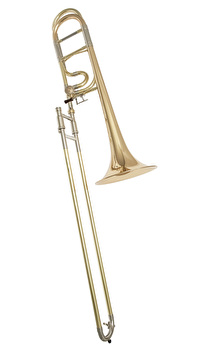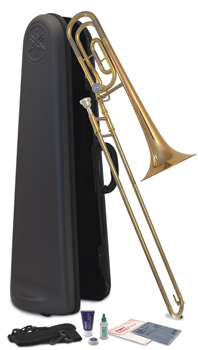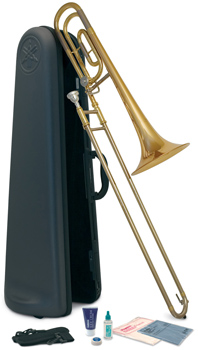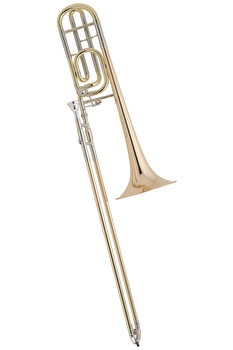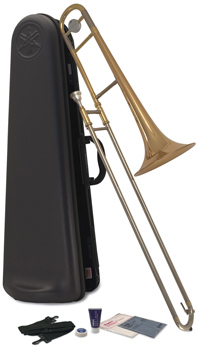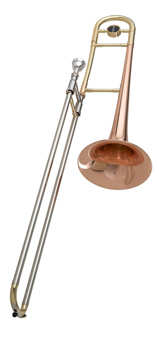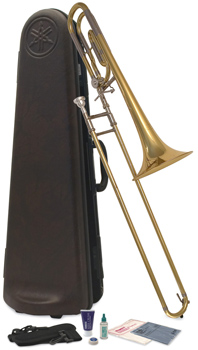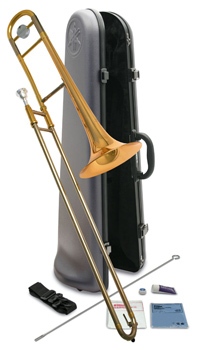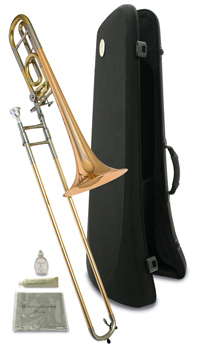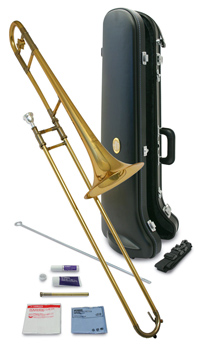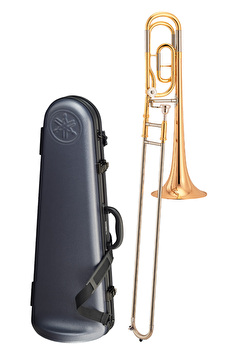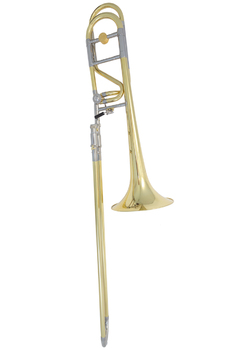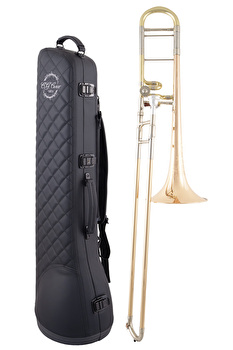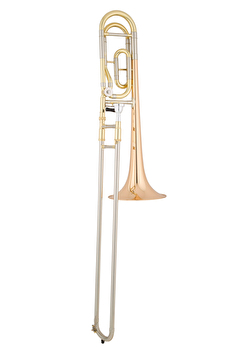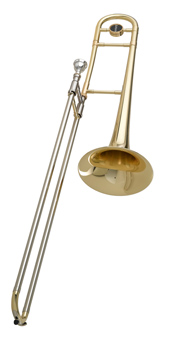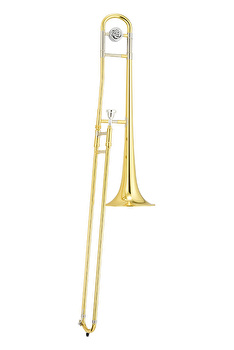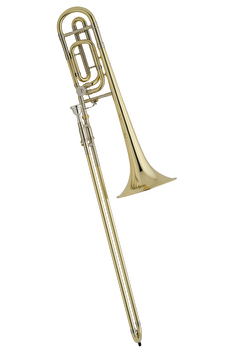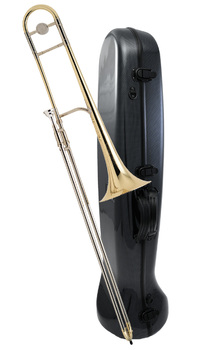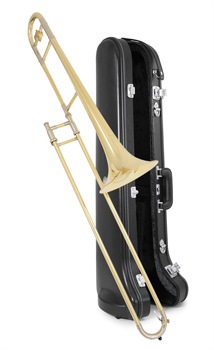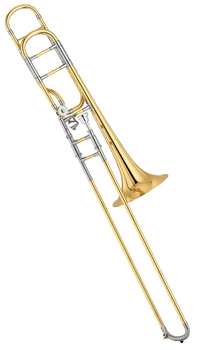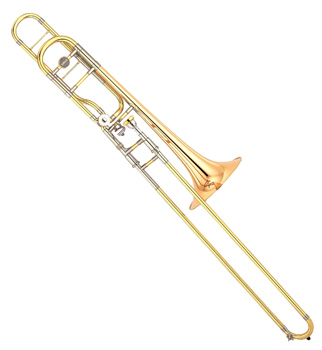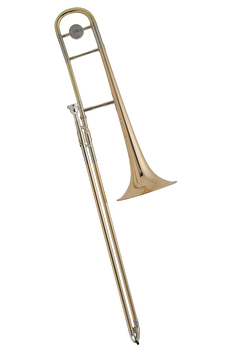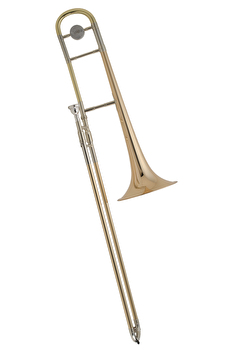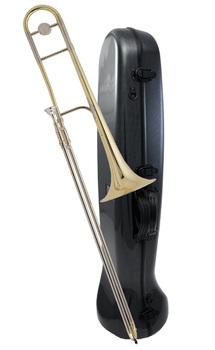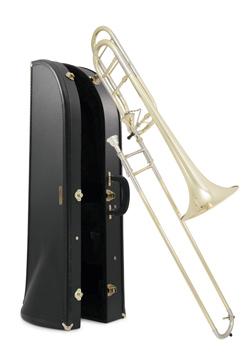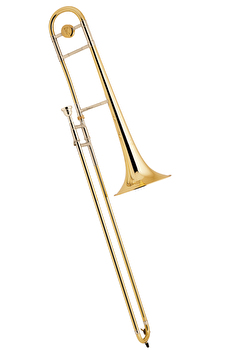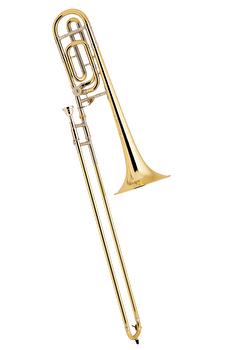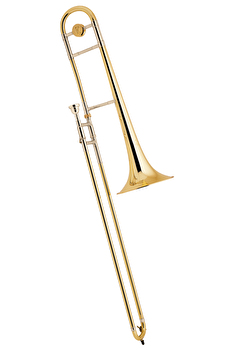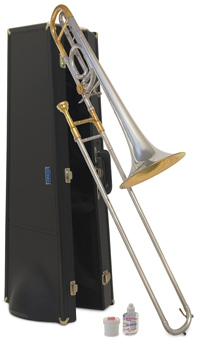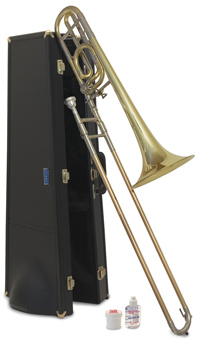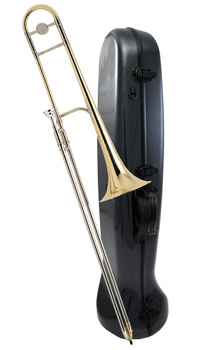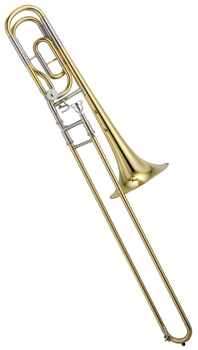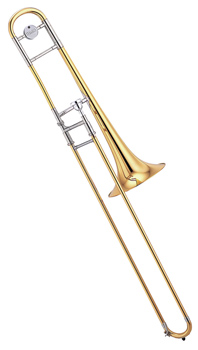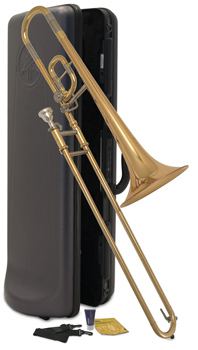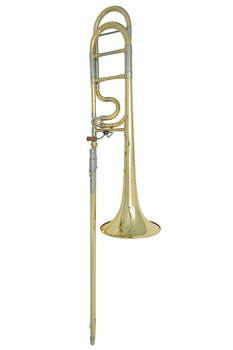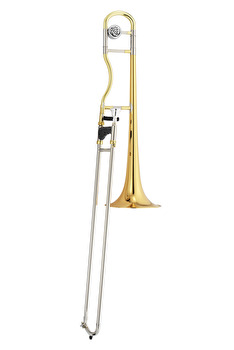- Sale (4)
- Yamaha (17)
- Conn (13)
- Getzen (9)
- King (7)
- Bach (6)
- Eastman (3)
- XO Brass (2)
- Jupiter (2)
- Windcraft (1)
- Courtois (1)
- Besson (1)
Tenor Trombones
The Trombone is one of the most easily recognised and iconic brass instruments. It has a unique slide mechanism and the sound generated from a Trombone tends to fill the range between a trumpet and tuba.
There are three main types of trombone, and these are; straight tenor, trigger-type tenor (also often called F-rotor or F-attachment), and bass trombones. These are usually the trombones you'll spot in bands and orchestras, however there are other trombones that are less frequently spotted, such as; valve trombones, soprano trombones and alto trombones. When most people start learning the trombone, it is the straight tenor trombone they will begin with, which makes this type of trombone, one of the most popular choices. In terms of function, the straight tenor trombone is perhaps the simplest of all - as it has no extra tubing or valves inside the main section.
The tenor tromboneWhen most people start learning the trombone, it is the straight tenor trombone they will begin with, which makes this type of trombone, one of the most popular choices. In terms of function, the straight tenor trombone is perhaps the simplest of all - as it has no extra tubing or valves inside the main section.
How does the tenor trombone work?The tenor trombone, produces sound through the metal tube known as the bell section. It is the pressure on the column of air within this tube (the large part of the trombone that sticks out) that is what creates the unique sounds the trombone is well known for.
The trombone also has a unique feature of the slide. This distinctive slide lets the musician shrink or extend the column of air within the tube, which is what heightens of lowers the tone of the note being played.
Tenor trombone is a great choice for beginnersMost trombone students will start their lessons using a straight tenor trombone, which is why this instrument is a great choice for beginners. They may later choose to graduate to a horn with the F-rotor, but that's a matter of choice - and the straight tenor trombone remain a solid choice for many musical scenarios even if the player doesn't want to move onto F-rotor later on.
What is the difference between a tenor and bass trombone?The bass trombone and the tenor trombone are often compared, but what is it that differentiates them? The bass trombone is also pitched in Bâ™and the bass trombone tubing length of 9 feet is actually identical to the tenor trombone. It is the wider bore, larger bell, a larger mouthpiece that set these two instruments apart.
What kind of music does a tenor trombone play?A tenor trombone is present in many types of music and types of bands. Setting aside the obvious answer of brass bands, you'll often find tenor trombones in military bands, and even jazz bands too. In fact, the tenor trombone is well known for its part in the jazz genre - and many of the most iconic jazz medleys require a trombone solo. If you need assistance choosing the right tenor trombone for you, or if you're confused about which trombone fits your requirements, our musical experts at Dawkes will be happy to help and answer any questions. We have many trombones in stock at Dawkes, ranging in budget, across a variety of different brands.

